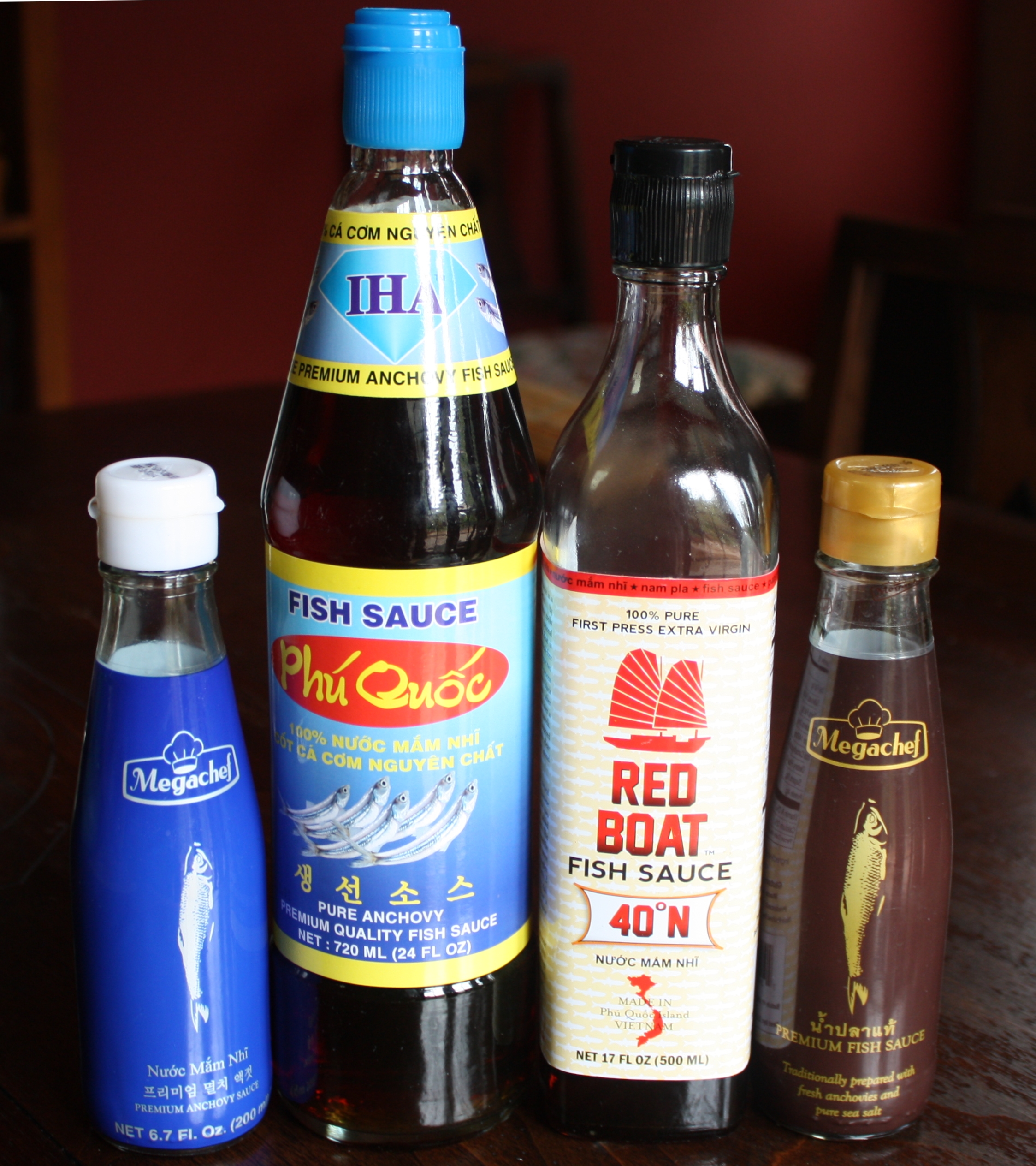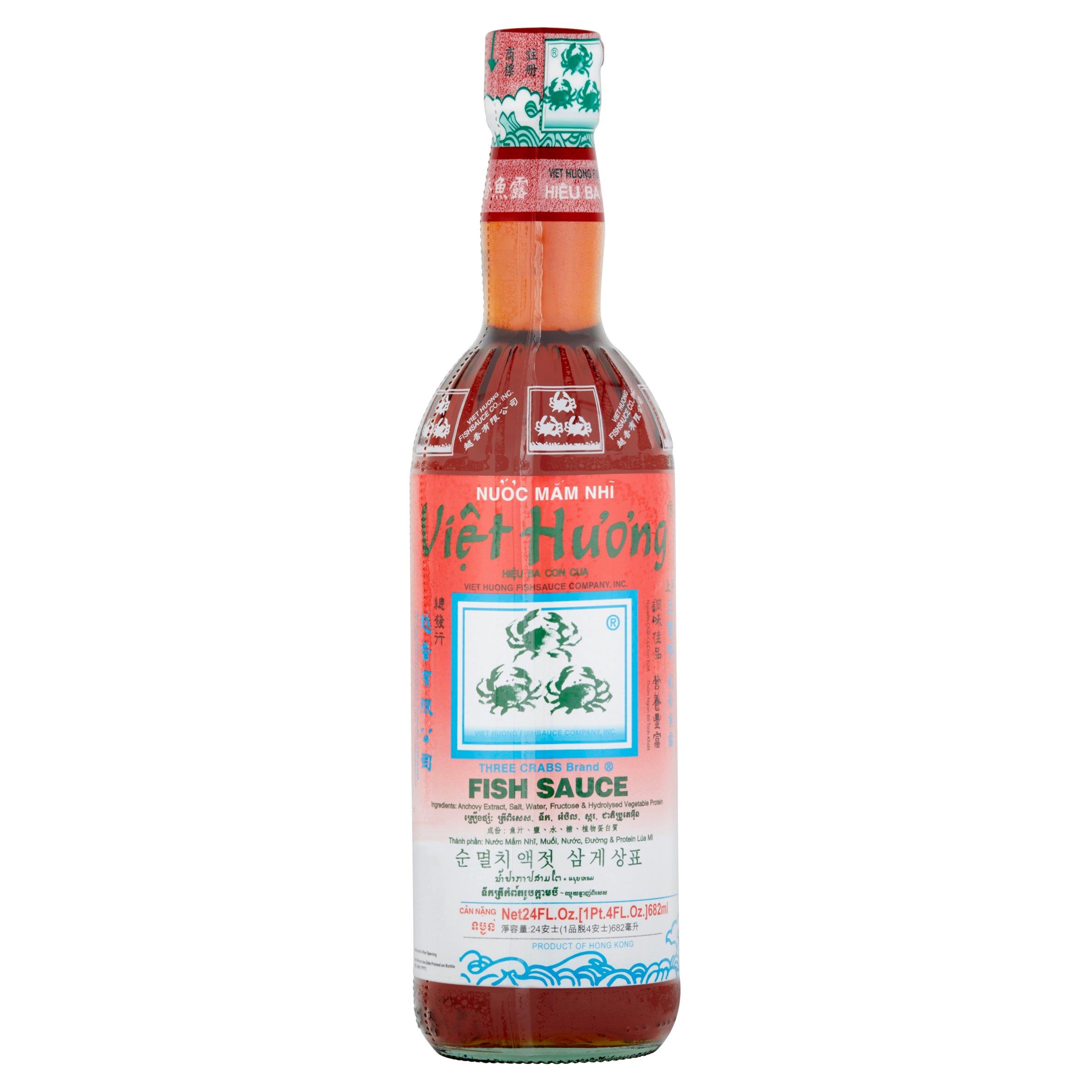

Garum was ubiquitous in Classical Roman cooking. The process lasted until the 16th century when garum makers switched to anchovy and removed the innards. Remains of Roman fish salting facilities can still be seen, including in Algeciras in Spain and near Setúbal in Portugal. The brown liquid would then be strained, bottled, and sold as a condiment. : 235 According to Pliny the Elder, "garum consists of the guts of fish and other parts that would otherwise be considered refuse so that garum is really the liquor from putrefaction." Garum was made in the Roman outposts of Spain almost exclusively from mackerel by salting the scrap fish innards, and then sun fermenting the flesh until it fell apart, usually for several months. The Romans made a similar condiment called either garum or liquamen. : 235 It is believed to have been made with a lower salt content than modern fish sauces. The earliest recorded production was between 4th–3rd century BC by the Ancient Greeks, who fermented scraps of fish called garos into one. Europe įish sauces were widely used in ancient Mediterranean cuisine. Fish sauce re-entered China in the 17th and 18th centuries, brought from Vietnam and Cambodia by Chinese traders up the coast of the southern provinces Guangdong and Fujian. Food scholars traditionally divide East Asia into two distinct condiment regions, separated by a bean-fish divide: Southeast Asia, mainly using fermented fish (Vietnam, Thailand, Cambodia), and Northeast Asia, using mainly fermented beans (China, Korea, Japan). Fish sauce, however, developed massive popularity in Southeast Asia. : 233īy 100-50 BC, demand for fish sauces and fish pastes in China had fallen drastically, with fermented bean products becoming a major trade commodity. A fish sauce, called kôechiap in Hokkien Chinese, might be the precursor of ketchup. By the time of the Han dynasty, soy beans were fermented without the fish into soy paste and its by-product soy sauce, : 346, 358–359 with fermented fish-based sauces developing separately into fish sauce.

During the Zhou dynasty of ancient China, fish fermented with soybeans and salt was used as a condiment. Sauces that included fermented fish parts with other ingredients such as meat and soy bean were recorded in China, 2300 years ago.


 0 kommentar(er)
0 kommentar(er)
